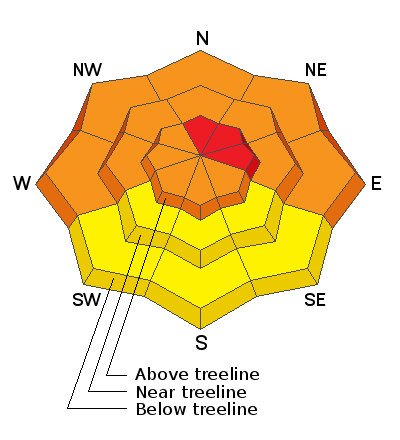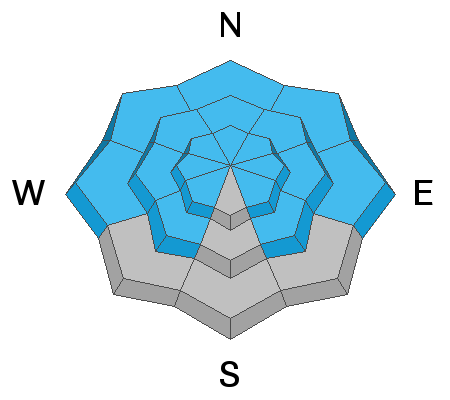Forecast for the Moab Area Mountains

Issued by Eric Trenbeath on
Sunday morning, January 31, 2021
Sunday morning, January 31, 2021
DANGEROUS AVALANCHE CONDITIONS EXIST. Incremental snow loading over the past week has stressed underlying persistent weak layers to their breaking point. The avalanche danger is HIGH on steep slopes facing N-E and deep and dangerous human triggered avalanches are certain in these areas. The avalanche danger is CONSIDERABLE on steep, north facing slopes at treeline and below, and human triggered avalanches are likely in these areas. Avalanches can be triggered from a distance and backcountry travelers need to have excellent route finding skills. Stay off of and out from under steep northerly facing terrain.

Low
Moderate
Considerable
High
Extreme
Learn how to read the forecast here







